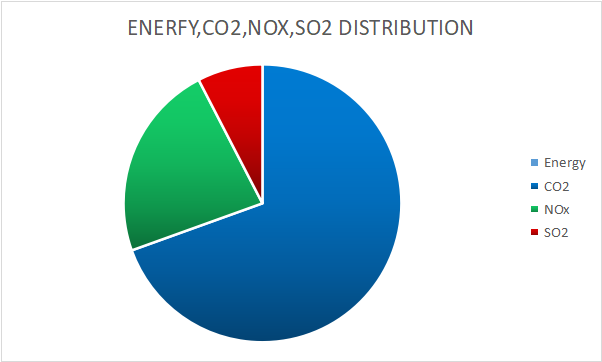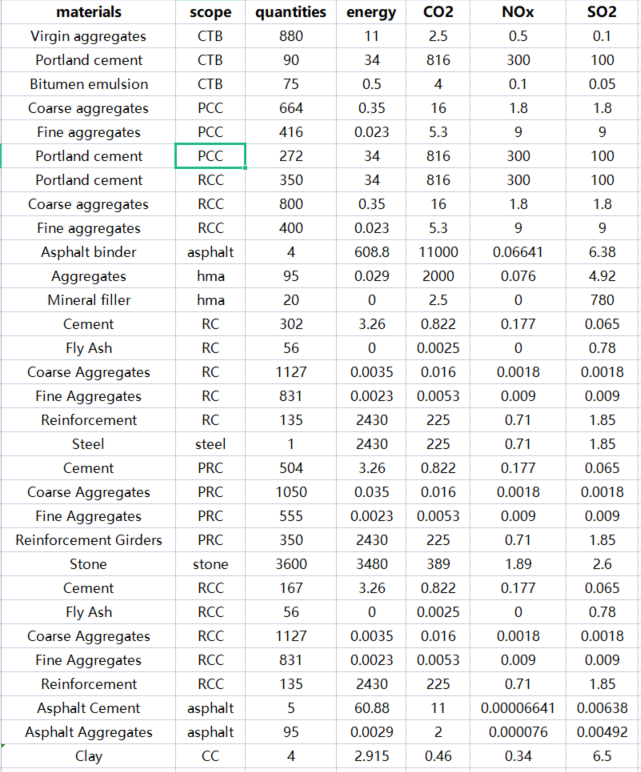Engineering project systems all have the characteristics of one-time production and long life cycle. Once such a high-energy-consuming system project system is formed, it will be difficult to carry out energy-saving transformation, and it will also increase the load on energy and the environment. so. We will analyze the environmental load and energy consumption generated by the whole life process of the system it produces.
Figure 1: Lifecycle scope of an integrated system
Life cycle analysis takes into account the costs associated with energy consumption and greenhouse gas emissions.
| cost | |
| CO2 | 26€ per metric tone |
| SO2 | 85€ per metric tone |
| NOX | 42€ per metric tone |
| Energy | 0.128 |
To complete the analysis of the integrated system portfolio, a complete bill of materials is drawn up.
Table: System Bill of Materials
A comprehensive assessment of life cycle emissions of integrated civil engineering systems gives the following total energy, emissions and cost results.
| Energy | CO2 | NOx | SO2 | Cost |
| 203295.1 | 1279436106 | 421714378 | 139755312 | 62.85657 |

Figure 2: Energy and emissions ratios for integrated systems
The graph above shows the emissions and energy consumption of this integrated system. It can be seen that the main source of system impact on the environment is CO2 emissions.
1. Integration context of the civil systems
2. Integrated Maintenance Planning
3. Life Cycle Inventory and Analysis

